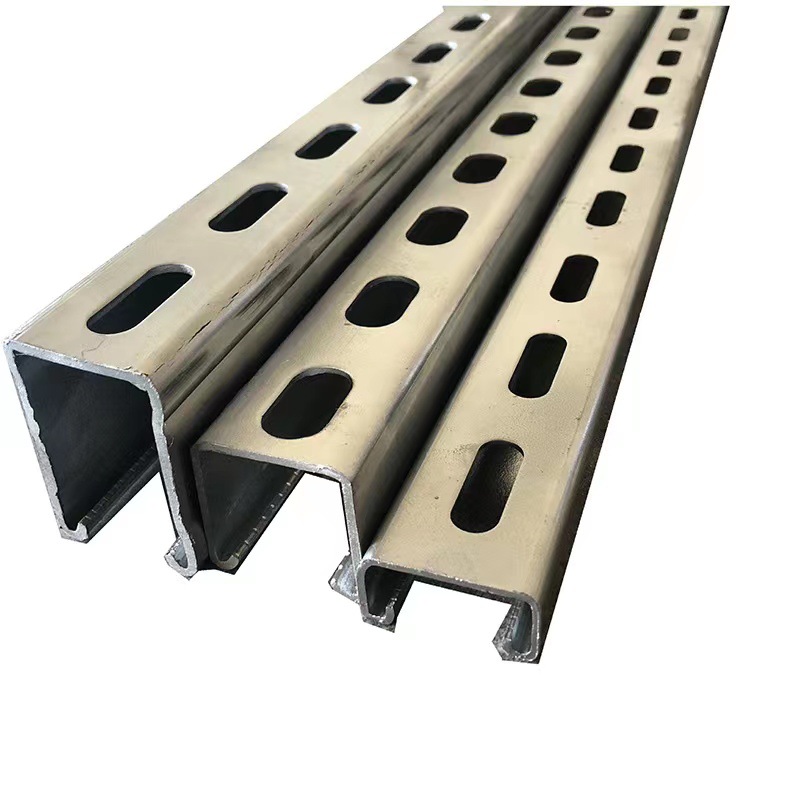

Understanding the Importance of Threaded Fasteners in Modern Engineering Applications
Nov . 06, 2024 20:33 Back to list
Understanding the Importance of Threaded Fasteners in Modern Engineering Applications
The Importance of Threaded Fasteners in Modern Engineering
Threaded fasteners are ubiquitous components in countless applications across various industries, forming an integral part of modern engineering and construction. These mechanical devices, which include screws, bolts, and nuts, are designed to hold two or more objects together securely. Their prevalence and importance stem from their simplicity, versatility, and effectiveness in providing strong, reliable connections in a wide range of environments.
The Basics of Threaded Fasteners
At their core, threaded fasteners consist of a cylindrical shaft with helical ridges, known as threads. These threads allow the fasteners to engage securely with a corresponding threaded hole or nut. This engagement creates a mechanical advantage that enables the fastener to withstand tension and shear forces, making it ideal for securing parts without permanent bonding methods like welding or adhesive bonding.
Threaded fasteners come in various materials, such as steel, stainless steel, aluminum, and plastic, each suited for specific applications. The choice of material affects not only the strength of the fastener but also its resistance to corrosion, temperature fluctuations, and fatigue.
Types of Threaded Fasteners
While there are numerous types of threaded fasteners, screws, bolts, and nuts are the most commonly used.
- Screws are often used to fasten wood or plastic, where they can be driven in with a screwdriver. They can be designed to self-tap into materials, providing a secure grip without the need for a pre-drilled hole.
- Bolts are typically used in conjunction with nuts and are utilized in applications where high strength is required. The bolt is inserted through aligned holes in the components, and a nut is threaded onto the bolt to secure it in place.
threaded fasteners

- Nuts are hardware components that pair with bolts, providing a method to secure the assembly tightly. They come in various shapes and sizes, including hexagonal and square, and are often designed with features like serrated edges to prevent loosening.
Applications of Threaded Fasteners
Threaded fasteners find applications in almost every industry. In the automotive sector, they are critical for assembling engine components, securing body panels, and ensuring the integrity of safety features. In construction, they are used to hold structural elements together, ensuring the stability and safety of buildings, bridges, and other infrastructure.
In aerospace, threaded fasteners are essential for assembling airframes and engines, where the reliability and performance of fasteners are paramount. The medical industry relies on threaded fasteners in the construction of surgical instruments and implants, where precision and sterility are vital.
Advantages of Threaded Fasteners
The advantages of using threaded fasteners are numerous. They allow for easy assembly and disassembly, making maintenance and repair straightforward and efficient. This accessibility is critical in industries where machinery and equipment require regular servicing.
Moreover, threaded fasteners can be reused, making them a cost-effective solution in many applications. Additionally, they can be designed to various specifications, which can be tailored to meet the specific needs of an application, providing flexibility in design.
Conclusion
In conclusion, threaded fasteners play a crucial role in modern engineering, connecting components securely across various industries. Their versatility, ease of use, and reliability make them indispensable in countless applications, from construction and automotive to aerospace and medical. As technology continues to advance, the evolution of threaded fasteners will likely lead to new innovations and improvements, further solidifying their position as fundamental elements in engineering design and assembly. Understanding their importance and functionality is essential for anyone involved in engineering, manufacturing, or construction.
Latest news
-
Premium Fasteners Manufacturer | AI-Driven Solutions
NewsAug.01,2025
-
Hot Dip Galvanized Bolts - Hebei Longze | High Strength, Corrosion Resistance
NewsAug.01,2025
-
High-Strength Hot Dip Galvanized Bolts - LongZe | Corrosion Resistance, Custom Sizes
NewsAug.01,2025
-
Best Self Tapping Screws for Drywall - Fast & Secure Installation
NewsJul.31,2025
-
High-Strength Hot Dip Galvanized Bolts-Hebei Longze|Corrosion Resistance&Customization
NewsJul.31,2025
-
Hot Dip Galvanized Bolts-Hebei Longze Metal Products|Corrosion Resistance&High Strength
NewsJul.31,2025

